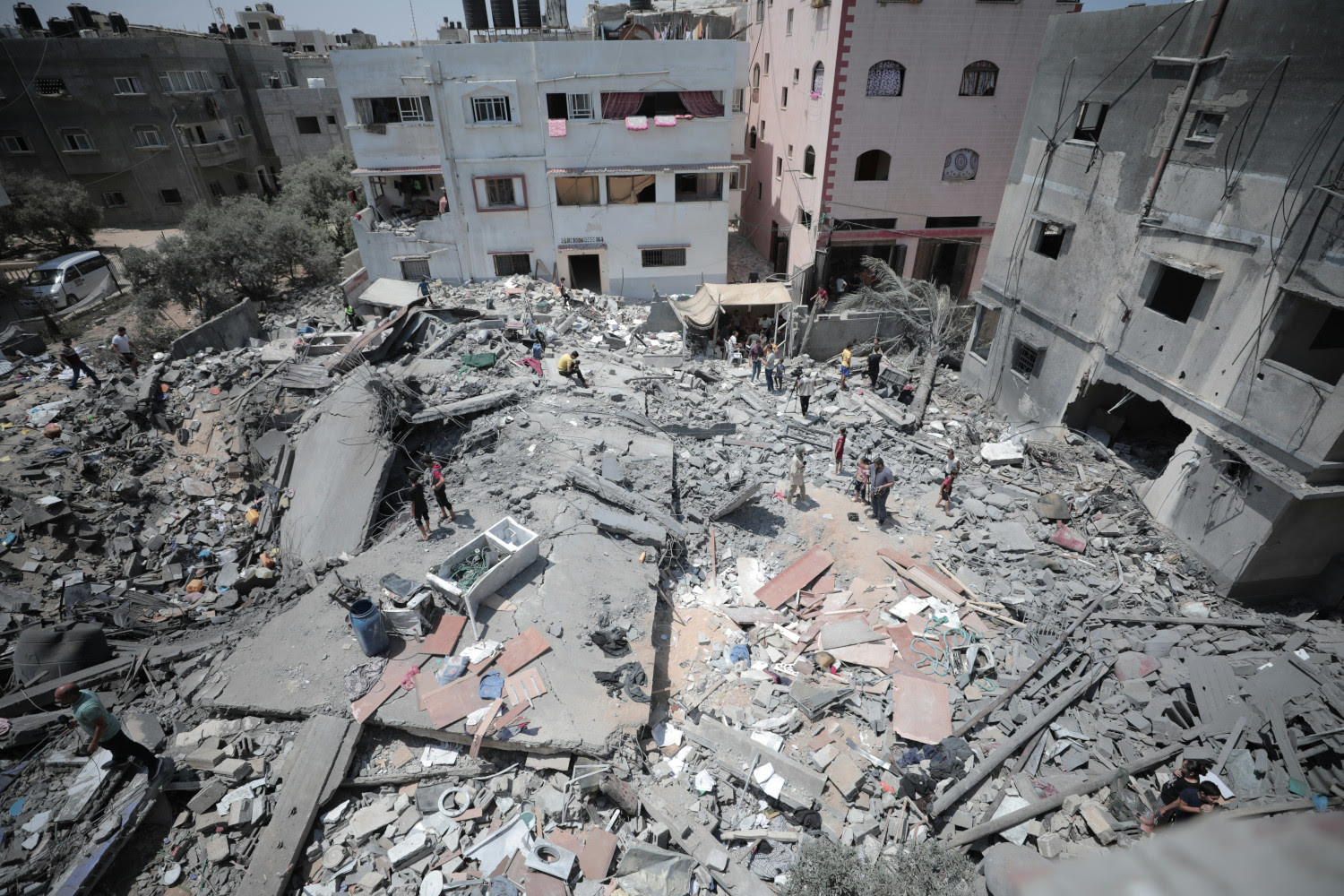Newsletter
Health on the brink – crises, cuts, and cures in August.
Elizabeth Lorraine analyses the current state of the global health system and the precautions being taken to prevent impending crises.

[NEW INSIGHT] Personal branding for CEOs vs personal branding: what’s the real difference
August was a month of sharp warnings and uneasy firsts. Health workers found themselves in the crosshairs of violence, diseases we thought under control came roaring back, and one of the world’s leading public health agencies was dragged into open political dispute.
Yet in the middle of these pressures, researchers unveiled tools that could change how quickly life-threatening conditions are caught.
It was a reminder that healthcare is never static, it is shaped at once by conflict and by discovery, by politics and by science, by the harshness of crisis and the promise of cure.
It is an uncomfortable truth, hospitals and clinics are increasingly becoming battlegrounds, and health workers are paying the price.
The World Health Organization issued a stark alert on the scale of attacks against health facilities. More than 2,400 assaults have been recorded since early 2024 across 21 countries, resulting in over 2,000 deaths and thousands more injured.
It is an uncomfortable truth, hospitals and clinics are increasingly becoming battlegrounds, and health workers are paying the price.
In the US, measles has returned with a vengeance. Ten countries are now battling outbreaks, with more than 10,000 confirmed cases and 18 deaths this year, a thirty-four-fold rise compared 2024.
The cause is depressingly familiar, gaps in vaccination coverage that have allowed the virus to spread unchecked.
With hundreds of thousands of cases reported globally, it’s a reminder that viruses do not pause for political battles.
Global health financing also came under scrutiny. Development assistance for health has dropped by more than 20% in just one year, with U.S. contributions falling by two-thirds.
The sharp contraction is already being felt across HIV programmes, maternal health initiatives, and frontline NGO work, threatening to reverse years of progress.
Meanwhile, as negotiations continue a global plastics treaty, health advocates are demanding that human health take centre stage. Their call is clear, plastics are not just an environmental issue, but a medical one, linked to cancers, respiratory illnesses, and reproductive harms.
Across the Atlantic, the CDC, once a beacon of public health credibility, has been thrown into turmoil. Reports suggest its vaccine advisory panels are being reshaped to include anti-vaccine voices, prompting senior resignations.
These revelations have deepened concerns that politics is taking precedence over evidence just as the world faces rising outbreaks.
The CDC also issued a Level 2 travel warning for Guangdong, China, where chikungunya is spreading rapidly. With hundreds of thousands of cases reported globally, it’s a reminder that viruses do not pause for political battles.
Funding shortfalls, resurgent diseases, and politicised institutions have made the fragility of healthcare impossible to ignore.
But even in this difficult backdrop, innovation continues to push forward. In London, researchers tested an AI-powered stethoscope capable of detecting heart failure, valve disease, and atrial fibrillation in as little as 15 seconds.
Trialled on 12,000 patients, the device was up to three times more accurate than standard methods. It’s a glimpse of how new tools could transform frontline diagnostics, bringing speed and precision to clinicians.
August, then, has been a month of contrasts. Funding shortfalls, resurgent diseases, and politicised institutions have made the fragility of healthcare impossible to ignore. Yet at the same time, advances in science continue to show that progress remains within reach.
The challenge ahead will be to hold on to the breakthroughs while addressing the fractures that threaten them.